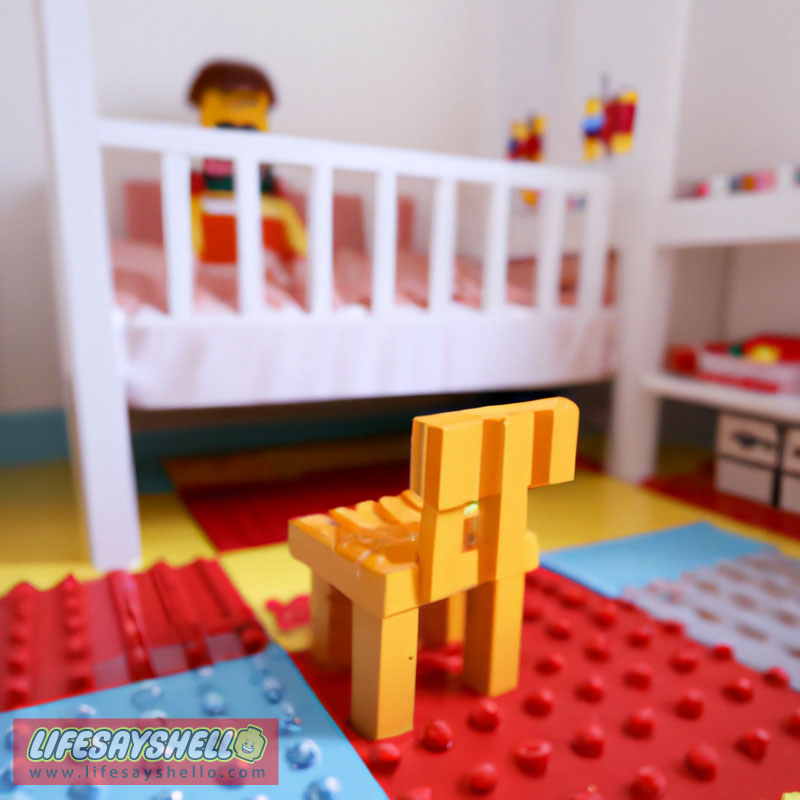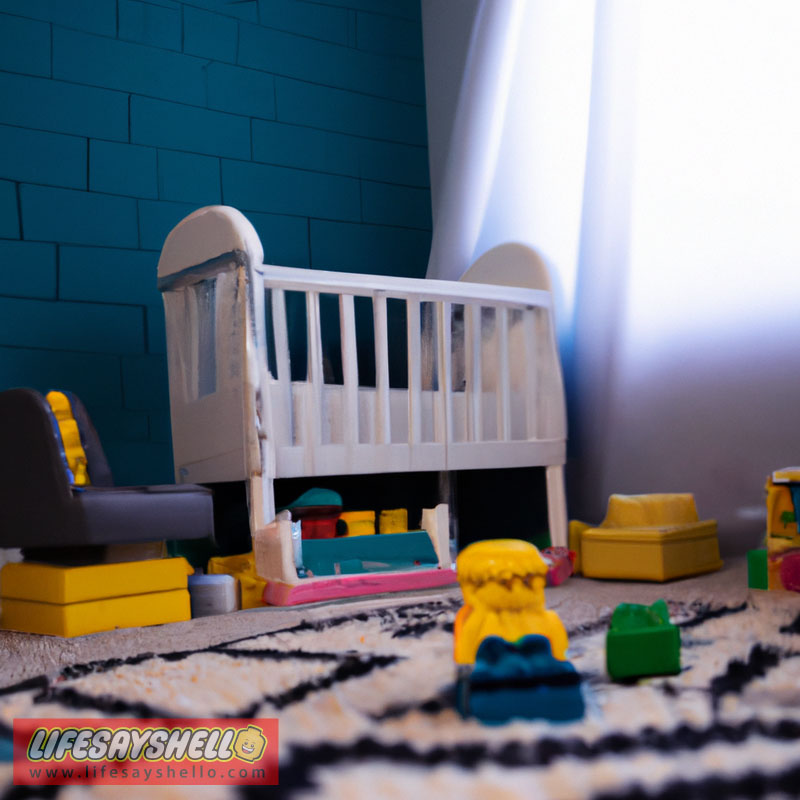The Ultimate Guide to Achieving Perfect Humidity Levels in Your Baby's Room

Discover the importance of maintaining optimal humidity in your baby's room to ensure their health and comfort, and learn practical tips to achieve the ideal humidity levels for your little one's sanctuary.
Introduction
As a parent, you want to create the most comfortable and healthy environment for your baby. One often-overlooked aspect of a baby's room is the humidity level. Humidity refers to the amount of moisture in the air, and it plays a crucial role in maintaining a comfortable atmosphere for your little one.
In this ultimate guide, we'll discuss the importance of proper humidity levels in a baby's room and provide practical tips to help you achieve and maintain the ideal humidity for your child's well-being.
Why is Humidity Important for Your Baby's Room?
Humidity may not be the first thing that comes to mind when designing a baby's room, but it plays a significant role in your baby's health and comfort. Both low and high humidity levels can cause various issues, making it essential to maintain a balanced humidity level in the room.
Low Humidity
When the air is too dry, it can lead to several problems for your baby, such as:
- Dry skin: Low humidity can cause your baby's skin to become dry, itchy, and irritated, making them uncomfortable and more prone to skin conditions like eczema.
- Respiratory issues: Dry air can irritate your baby's nasal passages, throat, and lungs, leading to an increased risk of colds, coughs, and other respiratory issues.
- Static electricity: Low humidity can cause static electricity buildup, which can be annoying and even painful for your baby.
High Humidity
On the other hand, high humidity can also cause problems, such as:
- Mold and mildew growth: Excess moisture in the air can lead to the growth of mold and mildew, which can trigger allergies and respiratory issues in your baby.
- Dust mites: High humidity provides an ideal environment for dust mites to thrive, which can also trigger allergies and asthma in your baby.
- Overheating: High humidity can make it difficult for your baby's body to regulate its temperature, leading to overheating and discomfort.
As you can see, maintaining the right humidity level is crucial for your baby's health and comfort. In the following sections, we'll discuss the ideal humidity levels for a baby's room and provide tips on how to achieve and maintain them.
Ideal Humidity Level for a Baby's Room

The American Academy of Pediatrics recommends maintaining a humidity level of around 40-60% in a baby's room to ensure their comfort and well-being. This range provides a balance between the issues caused by low and high humidity levels, as discussed earlier.
Several factors can affect the humidity level in a room, such as the climate, heating, and air conditioning systems. For example, during the winter months, indoor heating systems can cause the air to become dry, leading to low humidity levels. Conversely, in hot and humid climates, air conditioning can sometimes lead to high humidity levels indoors.
To maintain the ideal humidity range in your baby's room, it's essential to monitor the room's humidity levels regularly and take steps to adjust them as needed.
How to Measure Humidity in Your Baby's Room
To accurately measure the humidity level in your baby's room, you'll need a device called a hygrometer. A hygrometer is an instrument that measures the amount of moisture in the air. There are various types of hygrometers available, ranging from simple analog models to more advanced digital devices with additional features like temperature readings and smartphone connectivity.
Some popular hygrometer options on the market include:
- AcuRite Indoor Humidity Monitor: This affordable digital hygrometer provides accurate humidity and temperature readings and displays them on an easy-to-read screen.
- ThermoPro TP50 Digital Hygrometer: This compact digital hygrometer offers accurate humidity and temperature readings and features a user-friendly interface with a large display.
- SensorPush Wireless Hygrometer: This advanced hygrometer connects to your smartphone via Bluetooth and allows you to monitor the humidity and temperature in your baby's room remotely.
By regularly monitoring the humidity level in your baby's room with a hygrometer, you can ensure that you maintain the optimal range for their health and comfort.
Tips for Maintaining the Right Humidity Level
Depending on the humidity level in your baby's room, you may need to take steps to either increase or decrease the humidity to maintain the ideal 40-60% range. Here are some practical tips to help you achieve the perfect humidity level for your baby's room:
Increasing Humidity
If the humidity level in your baby's room is too low, consider the following tips to add moisture to the air:
- Use a humidifier: A humidifier is a device that adds moisture to the air by releasing water vapor or mist. There are various types of humidifiers available, such as cool mist, warm mist, and ultrasonic models. Choose a humidifier that's suitable for your baby's room size and your specific needs. Be sure to clean and maintain the humidifier regularly to prevent mold and bacteria growth.
- Place a bowl of water in the room: A simple and cost-effective way to add moisture to the air is to place a bowl of water near a heat source, such as a radiator or heating vent. The heat will cause the water to evaporate, increasing the room's humidity.
- Add indoor plants: Certain indoor plants, such as spider plants, peace lilies, and Boston ferns, can help increase humidity by releasing moisture through a process called transpiration. Plus, they add a touch of natural beauty to your baby's room!
Decreasing Humidity
If the humidity level in your baby's room is too high, try these tips to remove excess moisture from the air:
- Use a dehumidifier: A dehumidifier is a device that removes excess moisture from the air, helping to lower the humidity level. Choose a dehumidifier that's suitable for your baby's room size and your specific needs. Be sure to clean and maintain the dehumidifier regularly to ensure optimal performance.
- Improve ventilation: Proper ventilation can help reduce humidity by allowing moist air to escape and fresh, dry air to enter the room. Open windows and doors, use exhaust fans, or install an air exchange system to improve ventilation in your baby's room.
- Use moisture-absorbing materials: Products like silica gel packets, moisture-absorbing buckets, or desiccant dehumidifiers can help remove excess moisture from the air, reducing the humidity level in the room.
Conclusion
Maintaining the ideal humidity level in your baby's room is crucial for their health and comfort. By understanding the importance of proper humidity, monitoring the room's humidity levels with a hygrometer, and using the practical tips provided in this guide, you can create the perfect environment for your little one to thrive.
So, go ahead and take control of your baby's room humidity, and enjoy the peace of mind that comes with knowing you're providing the best possible environment for your precious bundle of joy.




Comments